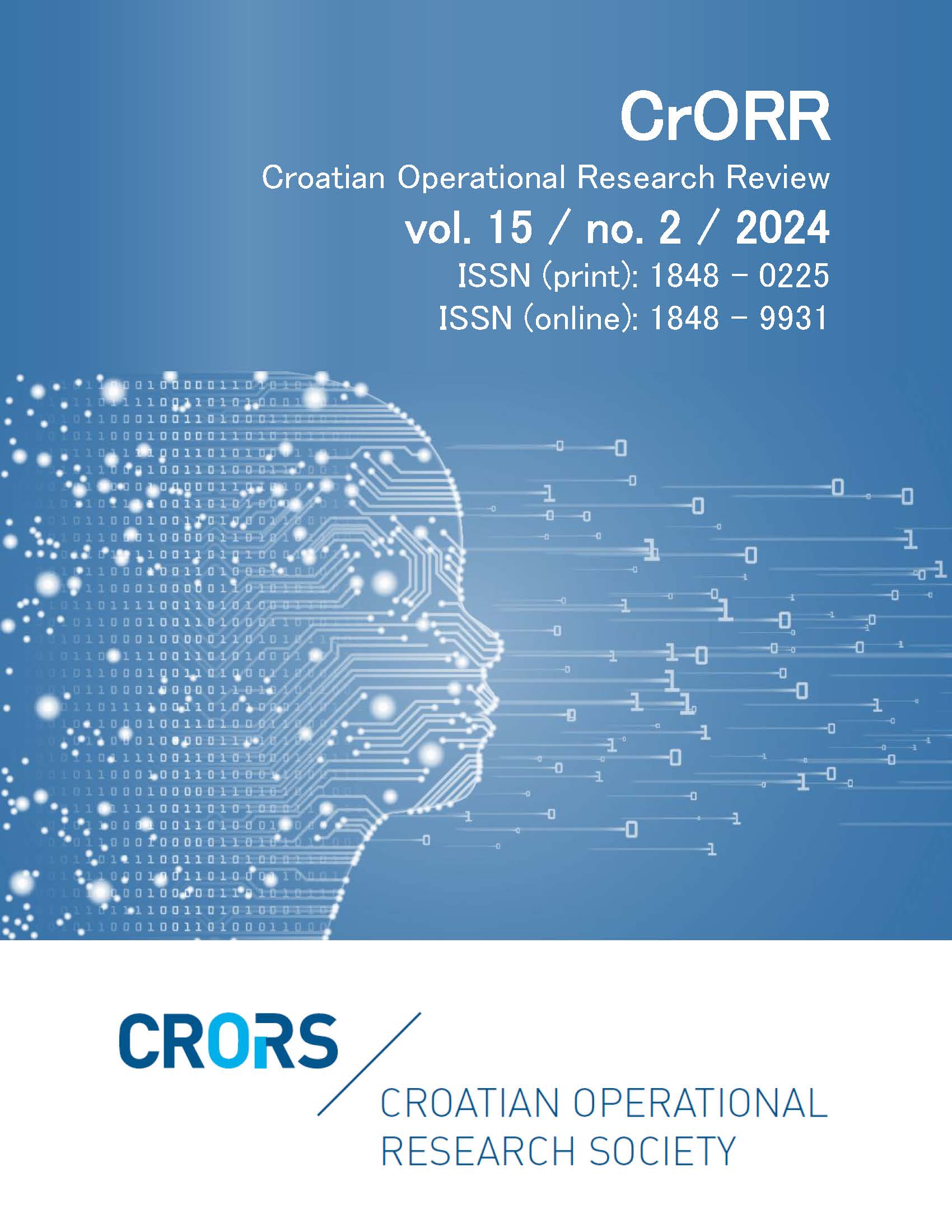CB-SEM vs PLS-SEM comparison in estimating the predictors of investment intention
Abstract
This paper compares different structural equation modeling approaches in estimating the predictors of investment intention. Covariance-based structural equation modeling (CB-SEM) and partial least squares structural equation modeling (PLS-SEM) techniques were compared in the estimation of the model according to the theory of planned behavior (TPB). Additionally, the consistent PLS algorithm (PLSc) was taken into consideration in the methods comparison. To determine which factors affect stock investment intention, a TPB model with attitude towards behavior, perceived behavioral control, and subjective norm as independent variables was estimated using three different approaches. The factors in the model were measured using survey indicators and the final sample included 200 Croatian residents. The results mostly show matching conclusions about the investment intention predictors, with a small difference observed in the PLS-SEM method. It can also be concluded that the factor loadings are higher according to PLS-SEM, as well as the indicators of convergent validity and reliability. On the other hand, CB-SEM shows stronger structural paths than PLS-SEM, and PLSc results are closer to those of CB-SEM. While CB-SEM shows better model fit, PLS-SEM shows high predictive power. This research further provides explanations of the differences and guidelines on when to use which approach.
Downloads
Published
Issue
Section
License
- Authors retain copyright and grant the journal right of first publication with the work simultaneously licensed under a Creative Commons Attribution License that allows others to share the work with an acknowledgement of the work's authorship and initial publication in this journal
- Authors are able to enter into separate, additional contractual arrangements for the non-exclusive distribution of the journal's published version of the work (e.g., post it to an institutional repository or publish it in a book), with an acknowledgement of its initial publication in this journal.
- Authors are permitted and encouraged to post their work online (e.g., in institutional repositories or on their website) prior to and during the submission process, as it can lead to productive exchanges, as well as earlier and greater citation of published work (See The Effect of Open Access).


